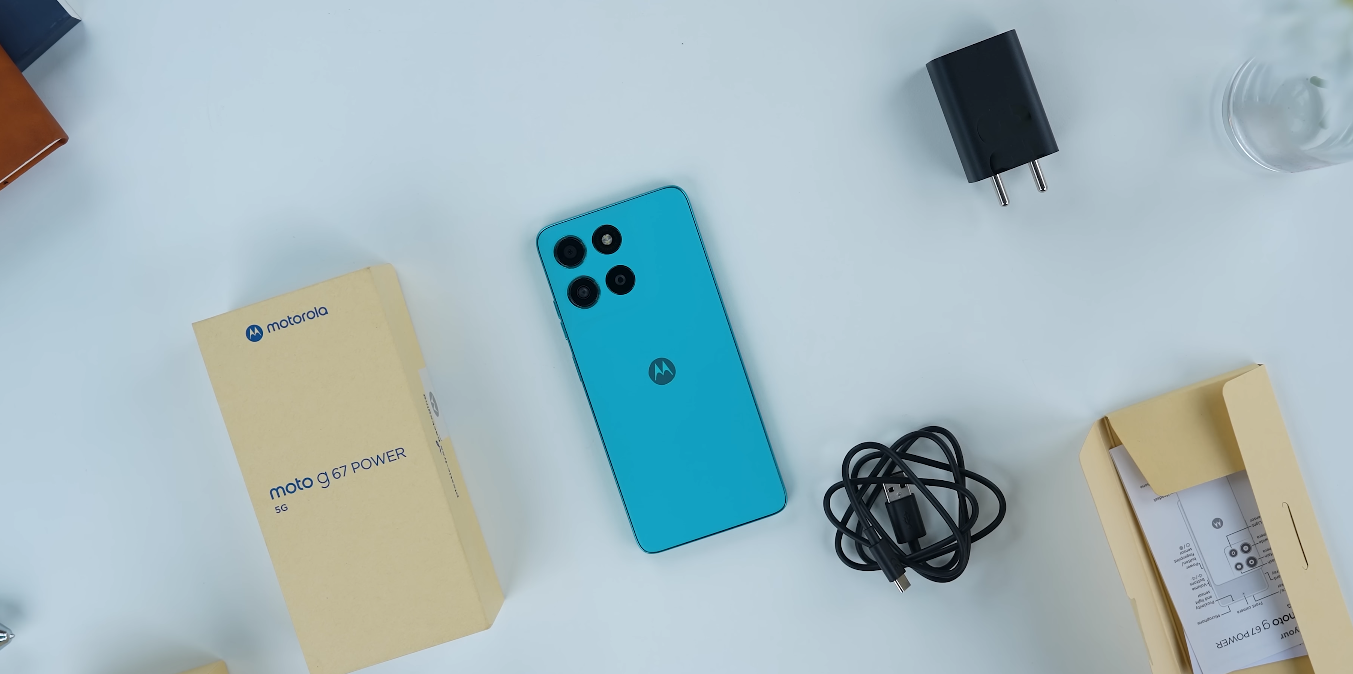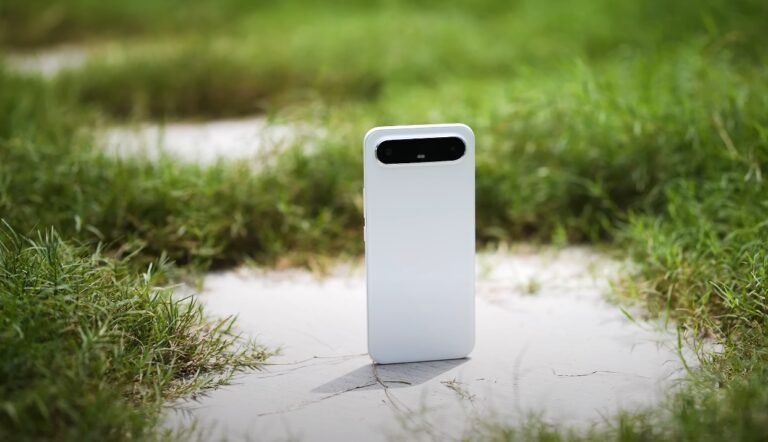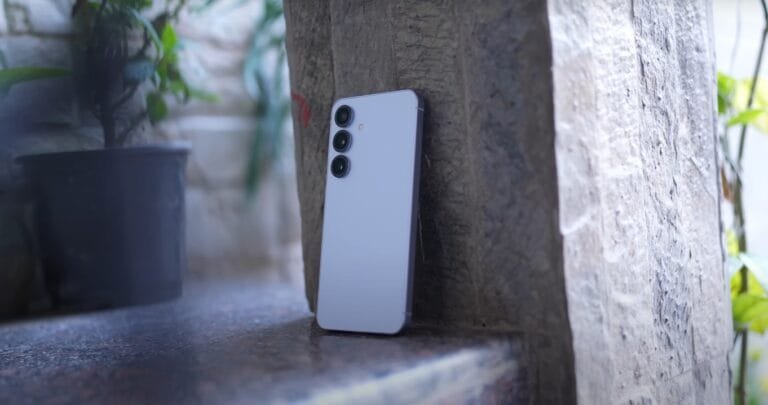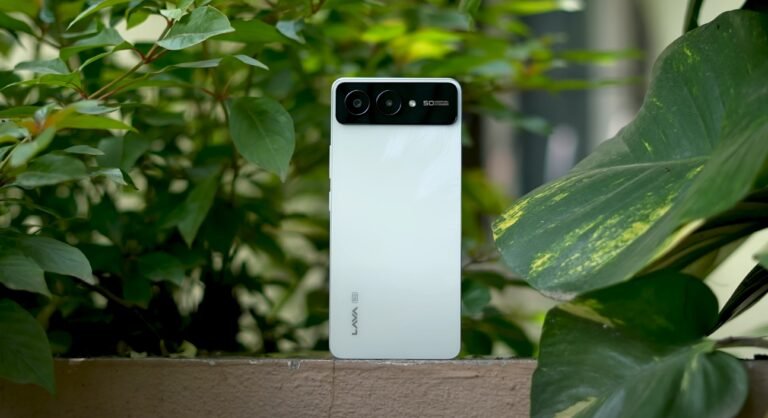Moto G67 Power might bring major camera improvements

Early expectations point toward a stronger imaging experience this year
The Moto G67 Power is moving through its pre-launch cycle with more focus on camera improvements than expected for this segment, and early indications suggest that imaging may be one of the biggest upgrades this time. Motorola has already positioned the G67 Power as a battery-first phone based on its recent teasers, but multiple confirmed specification details point toward a more advanced camera setup that could boost real-world photography performance beyond what older G-series models delivered. The company is leaning on new sensor hardware and improved image signal processing to make this phone look like a more serious option for users who care about photo quality in the mid-range category.
The biggest talking point is the 50MP primary rear camera using a Sony LYTIA sensor, which is the latest generation of Sony’s compact mobile sensor lineup. This sensor supports more accurate color capture and better contrast compared to the previous mainstream G-series cameras, and it is engineered to produce more consistent results in daylight. The wider dynamic range on this sensor should help preserve detail in shadows and bright highlights, which can be useful for outdoor photography. The phone is expected to use advanced autofocus pixel structures that enhance focusing accuracy, especially with moving subjects.
There is also an 8MP ultrawide camera included, which gives the device more framing flexibility for landscapes and group photography. While the ultrawide sensor is not the highest resolution in its class, Motorola is combining it with updated software tuning to improve clarity in broad scenes without major distortion at the edges. For selfie content, the Moto G67 Power uses a 32MP front camera, which is a higher resolution than some rivals offer at the same price level. This front camera is expected to benefit from an improved skin tone mapping system, giving more natural colors for social media shots.

Video capture is another area where early announcements suggest Motorola is pushing harder this time. The Moto G67 Power is expected to support high-resolution video recording on the rear camera and even on the selfie camera. That is a significant upgrade, because many mid-range phones still restrict their front cameras to lower resolution video output. Being able to shoot higher resolution video from both sides gives content creators more flexibility, especially when users want to record handheld vlogs or short lifestyle clips without switching devices.
Motorola is also promoting enhanced AI image processing to support the main hardware. The company has referenced improved computational photography features designed to assist in low-light conditions, noise handling, and sharpening. The processing pipeline is designed to analyze light patterns and adjust exposure more intelligently. The goal is to deliver better usable output without needing larger physical lenses or heavier optical stabilization modules, which are more common in flagship-tier devices. This makes the G67 Power more attractive for buyers who want improved photo results from mid-range hardware.
The camera improvements also align with broader market trends. Consumers in the mid-range segment increasingly expect their primary camera to deliver high clarity, strong portrait output, and better night performance without jumping to flagship prices. Motorola appears to be responding to those expectations by bringing a sensor that would normally be associated with higher tier devices into a more accessible product line. This feels like a strategic shift away from just offering long battery life, and toward balancing endurance with more capable imaging hardware.
For USA readers who track smartphone launches globally, the Moto G67 Power’s camera improvements matter because phones around this pricing zone often ship with very basic sensors that struggle in inconsistent lighting. With this model, Motorola appears to be trying to close that gap while still keeping the phone affordable. The combination of a large battery and more capable imaging hardware could make the G67 Power stand out in a market where most new mid-range devices focus mainly on design flair or display upgrades.
Overall, the pre-launch messaging around the Moto G67 Power suggests that camera improvements will be one of the core talking points once the device is fully revealed. The integration of a newer Sony sensor, support for higher resolution video, and more polished software processing could make this phone a stronger value choice for shoppers who want better photos without paying premium flagship phone prices.






